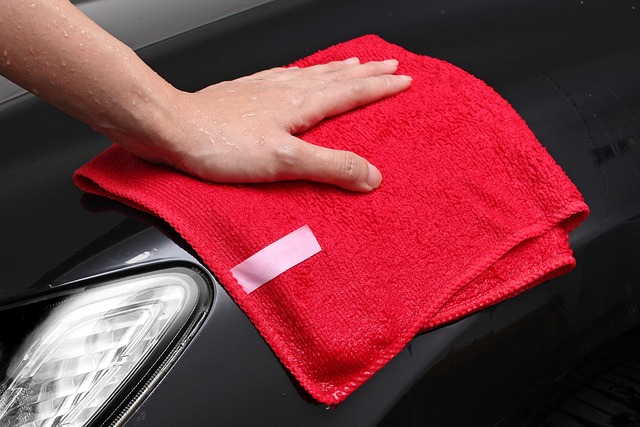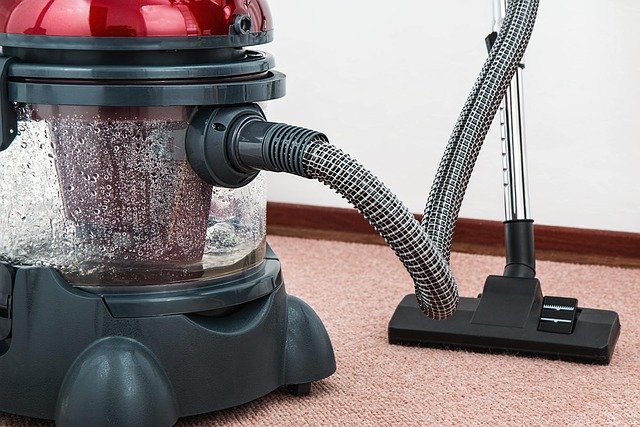The Ultimate Guide to Car Coating: Protecting Your Vehicle's Paint
Car coating technologies have revolutionized vehicle paint protection, offering lasting shine and durability that surpasses traditional waxing methods. From ceramic coatings to paint protection films, modern solutions provide superior defense against environmental damage while maintaining your car's aesthetic appeal. Understanding these options helps vehicle owners make informed decisions about protecting their automotive investments.

What is Ceramic Coating and How Does It Work?
Ceramic coating is a liquid polymer that chemically bonds with your vehicle’s factory paint, creating a permanent or semi-permanent protective layer. This nanotechnology-based solution forms an invisible barrier that shields against UV rays, chemical contaminants, and minor scratches. The coating’s primary advantage lies in its ability to maintain a showroom-worthy finish while providing long-lasting protection that traditional wax simply cannot match.
Why Choose Paint Protection Film (PPF) for Your Vehicle?
Paint Protection Film (PPF) offers the highest level of physical protection for your vehicle’s paint. This clear, thermoplastic urethane film acts as an invisible shield against rock chips, bug splatter, and road debris. Modern PPF features self-healing properties, allowing minor scratches to disappear when exposed to heat. Unlike ceramic coating, PPF provides actual physical barrier protection against mechanical damage.
How Does the Hydrophobic Effect Benefit Your Car’s Surface?
The hydrophobic effect is a crucial feature of modern car coatings, causing water to bead up and roll off the surface rather than spreading and leaving water spots. This self-cleaning property makes maintenance easier and keeps the vehicle cleaner for longer periods. Both ceramic coatings and PPF exhibit strong hydrophobic properties, though ceramic coatings typically demonstrate superior water-beading characteristics.
What Makes Professional Coating Different from DIY Solutions?
Professional coating applications offer superior results compared to DIY alternatives, though products like autoglym rapid ceramic spray provide a viable option for enthusiasts. Professional installations involve careful paint correction, controlled environment application, and proper curing time. While DIY solutions can provide decent protection, they typically don’t offer the same longevity or level of protection as professional applications.
Which Coating Option Provides the Best Scratch Resistance?
When it comes to scratch resistance, different coating options offer varying levels of protection. PPF provides the best defense against physical scratches, while ceramic coatings offer moderate protection against light scratches and swirl marks. The combination of both technologies—ceramic coating over PPF—provides ultimate protection against both chemical and physical damage.
How Do Different Coating Options Compare in Cost and Duration?
| Coating Type | Average Cost (UK) | Duration | Protection Level |
|---|---|---|---|
| Basic Ceramic | £500-£800 | 2-3 years | Moderate |
| Professional Ceramic | £1,000-£2,000 | 5+ years | High |
| PPF (Partial) | £1,500-£2,500 | 7-10 years | Very High |
| PPF (Full) | £3,000-£5,000 | 7-10 years | Maximum |
| Autoglym Rapid Ceramic | £20-£30 | 3-6 months | Basic |
Prices, rates, or cost estimates mentioned in this article are based on the latest available information but may change over time. Independent research is advised before making financial decisions.
Each coating option offers distinct advantages, and the choice ultimately depends on your specific needs and budget. Professional ceramic coatings provide excellent chemical protection and shine, while PPF offers superior physical protection. DIY solutions like autoglym rapid ceramic spray present an affordable alternative for regular maintenance, though they require more frequent reapplication. Consider your vehicle’s value, usage patterns, and local environmental conditions when selecting the most appropriate coating solution.




